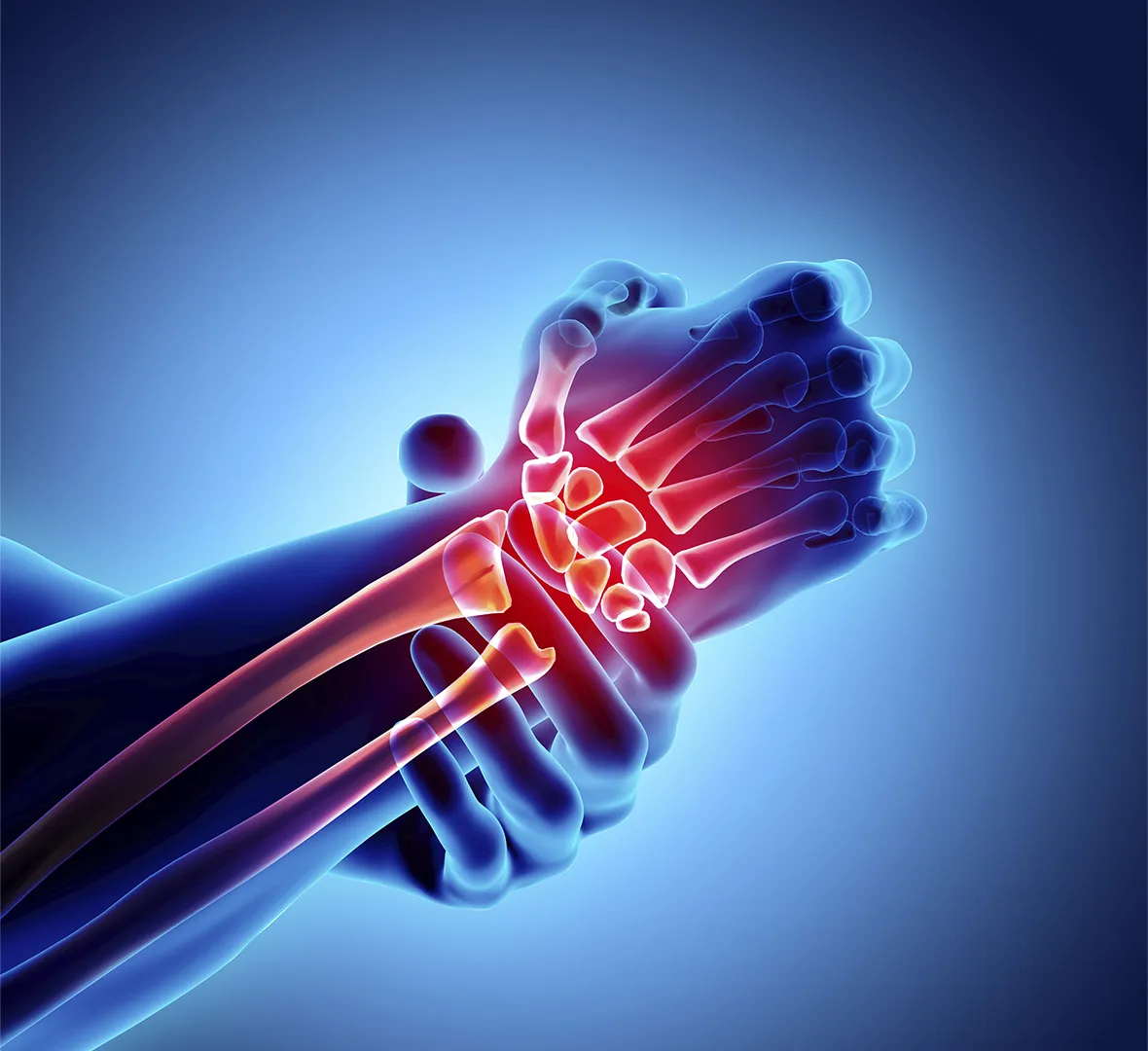Cartilage injury occurs when the flexible tissue cushioning joints, like those in the knees, elbows, and hips, are damaged. This tissue helps absorb stress and enables smooth movement during weight-bearing activities. A cartilage injury can result from trauma, overuse, or conditions like osteoarthritis, leading to weakened joints, reduced mobility, and a lower quality of life.
Understanding A Cartilage Injury
Cartilage damage can result from a variety of situations. Traumatic injuries, such as sports-related mishaps, often cause sudden tears or cracks in the cartilage. Degeneration over time is also common, particularly in the case of osteoarthritis. Here, the gradual wear and tear on cartilage reduces the cushioning in the joint, leading to pain and stiffness. Other factors, such as excessive weight or repetitive joint strain, may increase the likelihood of cartilage injury. Without adequate treatment, damaged cartilage may worsen, leading to inflammation and additional mobility issues.
Recognizing the Impact on Mobility
Reduced cartilage integrity disrupts normal joint function, making everyday movements more challenging. Knees may feel stiff or painful when climbing stairs, while hips might ache during extended periods of walking or standing. Cartilage acts as a cushion between bones, and its deterioration increases friction within the joint, leading to inflammation, swelling, and discomfort. Over time, this friction and inflammation can cause further wear on the joint, potentially leading to conditions such as osteoarthritis.
As pain and stiffness worsen, individuals may find it increasingly difficult to perform daily tasks, such as bending, lifting, or walking short distances. This loss of mobility often leads to a more sedentary lifestyle, which can trigger a cascade of additional health issues, including weight gain, reduced muscle strength, and decreased cardiovascular health. Left unaddressed, these challenges can significantly impact a person’s overall quality of life and independence. Early intervention and consistent physical activity help mitigate these effects and improve long-term outcomes.
Exploring Management and Treatment
While cartilage cannot completely regenerate, a variety of treatment options demonstrate the potential to manage symptoms and improve joint health. Non-surgical interventions may include physical therapy exercises designed to strengthen surrounding muscles and reduce joint strain. Anti-inflammatory medications can also help alleviate pain. For those with severe cartilage damage, surgical procedures such as microfracture or cartilage transplantation may be options to explore.
Lifestyle changes such as weight management and low-impact exercise can often contribute to improved joint function and reduced symptoms. Consulting with healthcare professionals about a tailored treatment plan is a valuable first step toward addressing cartilage-related concerns. Early prevention and proactive care can significantly impact joint health over time.
Restoring Mobility and Quality of Life
Taking proactive steps to address cartilage injury can significantly improve quality of life. If you’re experiencing joint pain, stiffness, or diminished mobility, consulting with a medical professional specializing in joint health may open pathways to relief. Early diagnosis and treatment play a key role in preserving joint function and maintaining an active lifestyle. Don’t wait for discomfort to escalate. Speak with a healthcare expert today to discuss practical solutions and take steps toward restoring full mobility.


Leave a Reply